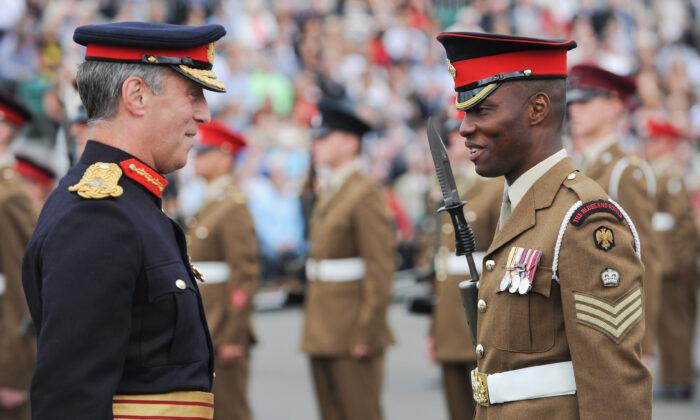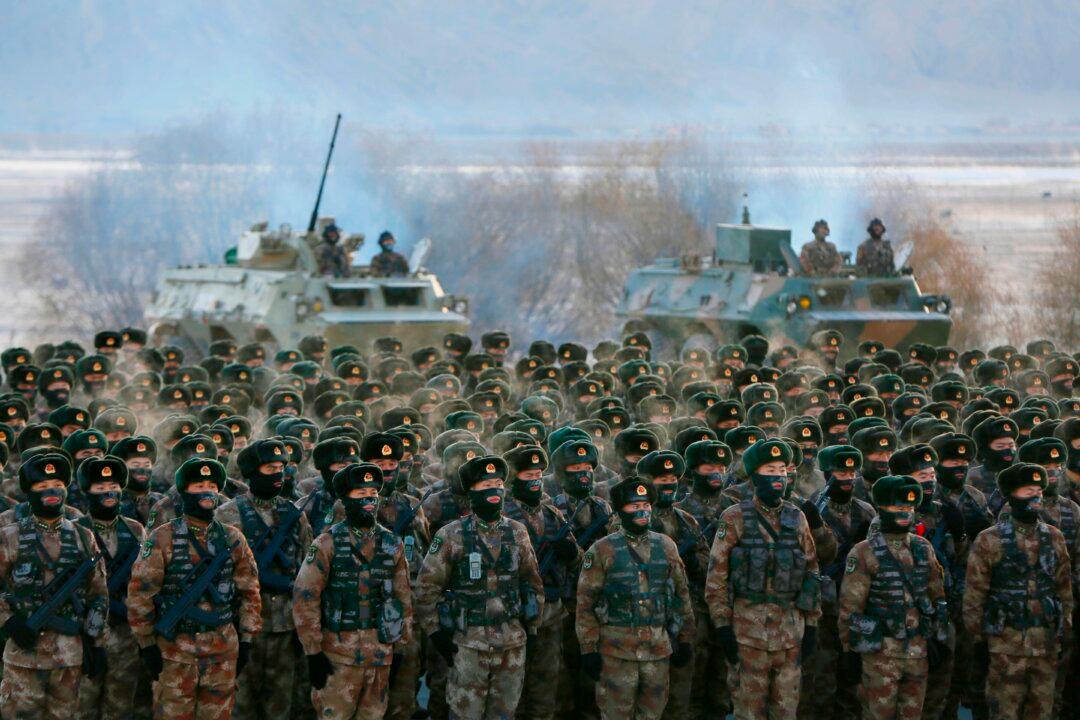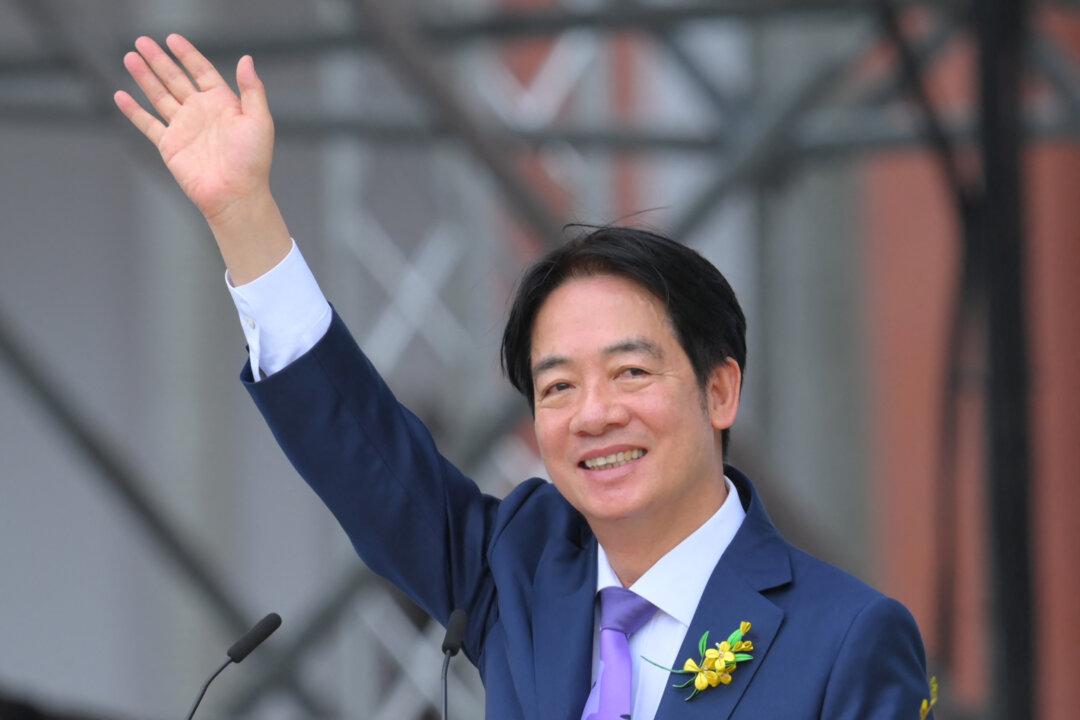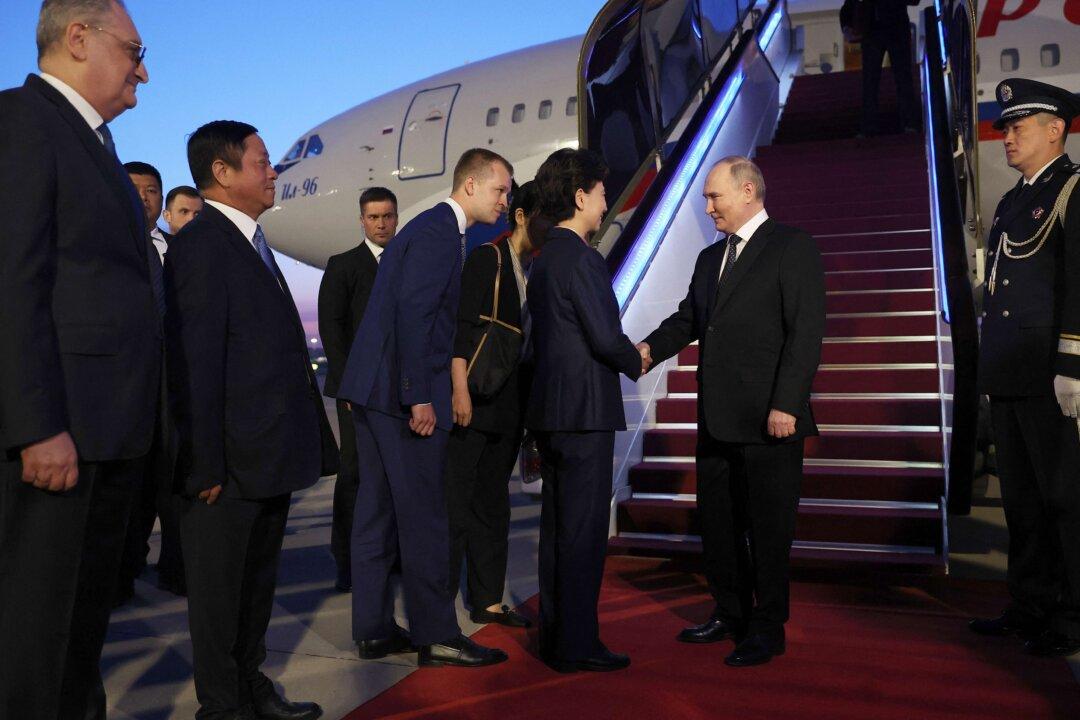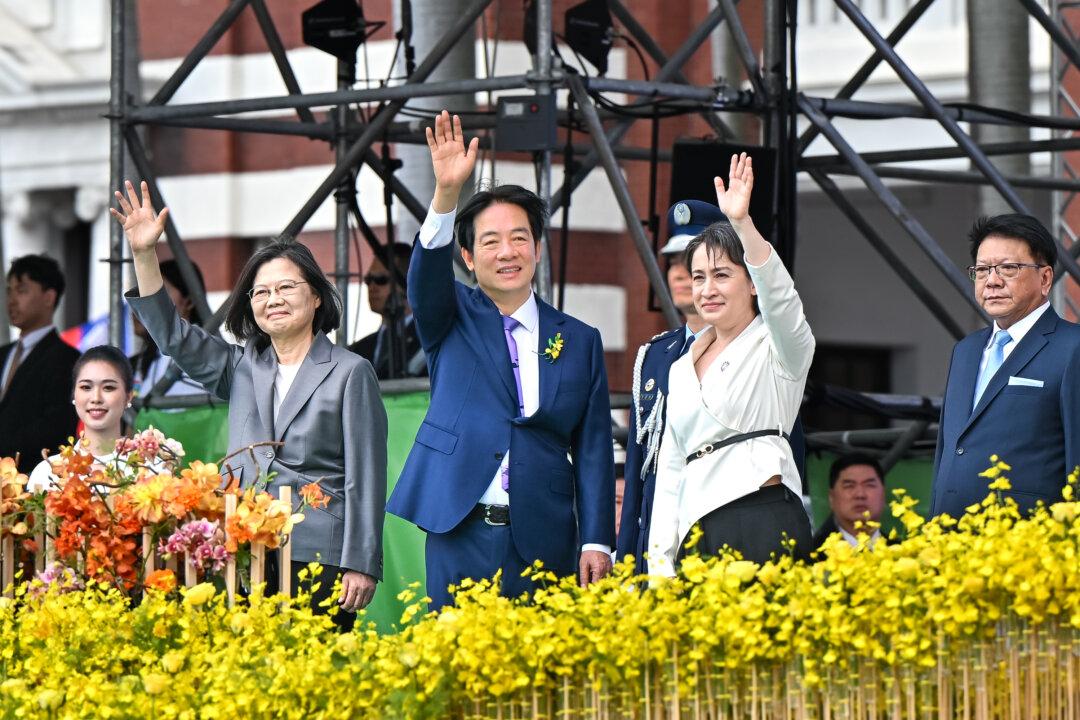Military effectiveness depends upon many factors, the most important of which is military leadership. In a bold new book, Lt. Col. Langley Sharp, of the British Army’s Center for Army Leadership, has written “The Habit of Excellence: Why British Army Leadership Works.”
In the book, he explains why the British army has had great leadership over the centuries as it does today. There are important lessons for the U.S. military in this work.
Sharp begins his work with a historical review of British army leadership from Oliver Cromwell’s New Model Army to the army of the British Empire, to the millions-strong force that would fight the World Wars of the 20th century, and the post-1945 military that would fight in Korea and the Falklands, and counterinsurgency campaigns in Malaya, Kenya, Cyprus, and Borneo. While always noting that allied militaries, technology, and above all, the British soldier, were essential elements of these successful campaigns, leadership was the cement of victory.
Many works on the topic are of bulleted points describing the components of leadership. In contrast, this work is a nuanced and historically informed study of the problems the British army has faced in its past, does today, and will in the future.
British Army
First, throughout its history, British army leaders have always adapted to the changing mores and expectations of its soldiers and the society the army exists to defend. As values change, army leadership must identify and adapt. For this reason, leadership is values-based, oriented around the action-centered model, shaped by the philosophy of mission command, where command responsibility is delegated, when possible, to the lowest level of command. This permits junior officers to act based on the conditions and opportunities they face, bound by the commander’s intent.Second, the foundations of military leadership are not new; each generation has sustained its tenets and adapted them to the problems they confront. Military leadership centers on outcomes of thinking, debates, arguments, and valuable lessons of the British army’s august past. This past is preserved by the regimental system to sustain the ethos and identity of the service, upon which new officers may be guided, and upon which they can depend.
Third, command authority is essential for officers. They must provide their subordinates with direction, clarity, and accountability, which is essential for mission command and, thus, a hallmark of leadership.
Fourth, there is a rich appreciation in the book of the complexity of the modern fight in its scale, complexity, and intricacy.

For the British army, this book is particularly valuable as leadership skills are never more valuable at a time when the British military is a fraction of the size it was during the Cold War. Sharp provides the alarming numbers of the decline of the British “regular army.” Its size was about 364,100 in 1950, to 152,800 at the end of the Cold War in 1990, and to a target strength of 72,500 by 2025.
While it will never again equal its Cold War numbers, as it moves into its future, the need for the British army to be aware of its history is acute. That is, it must determine what traditional strengths will be sustained, and where changes with tradition or past behavior must be made.
Importantly, Sharp argues that the army must be adaptable to changes in geopolitics, society, technology, and the global economy. Indeed, a difficult task, as he readily admits, but his analysis is particularly helpful as he explains how British army leaders must adjust the direction and speed of change within the organization to cope with those myriad alterations in the army’s environment.
US Military
This is a splendid and remarkably insightful book. It is one that should be read by U.S. military and allied officers. This is for two reasons.First, like the British army, the U.S. military faces global obligations and the significant threat posed by China and Russia. The United States will depend upon a professional military to meet its obligations and confront its enemies.
In large measure, Sharp’s arguments explain why the combat effectiveness of the American and British armies will be greater than Russia’s, as its poor performance in Ukraine reveals, as well as China’s. At root, it is because the U.S. and British armies are professional militaries, and their rivals are not.
Second, the book should also be read by U.S. military officers as they work with militaries—especially those of Australia, India, and Singapore—that are heavily influenced by British military tradition. Sharp’s insights provide a helpful background on the history and regimental culture of the British army and its Commonwealth allies.
The leadership and professionalism of American and British army officers will ensure that they can best the Chinese or Russian armies in this regard. However important, leadership is only one variable—necessary but not sufficient. The book is a stark warning that leadership and its contribution to combat effectiveness may never be a panacea for failures in strategy, intelligence, acquisition, recruitment, or in numbers and the ability to replace losses. Nor can it compensate for leadership failures among the top civilian national security leadership.
